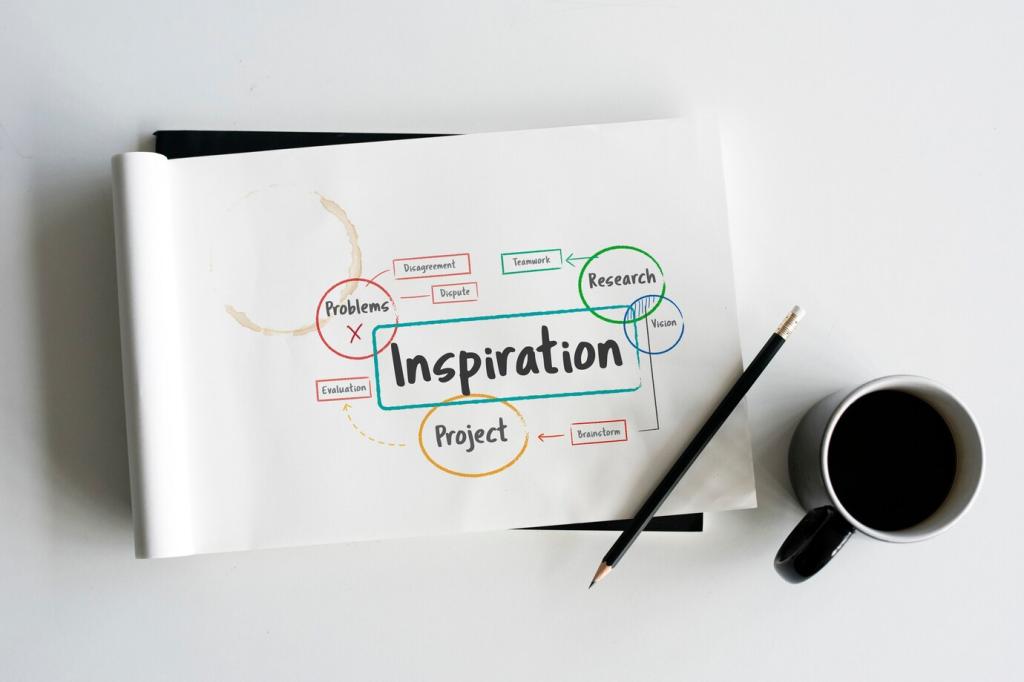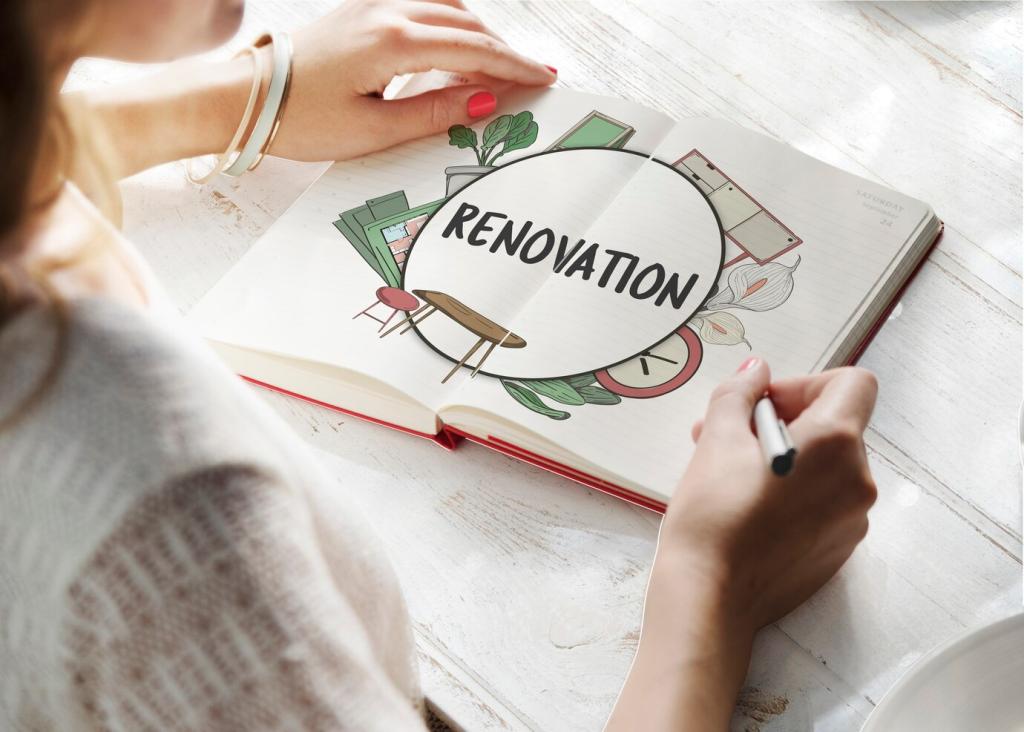
Stories That Shape Spaces
Chosen theme: Using Storytelling to Engage Interior Design Audiences. Step inside a world where narratives guide material choices, floor plans carry emotion, and every room becomes a memorable chapter. Subscribe and share your studio’s origin story to inspire tomorrow’s readers.
The Brain’s Bias for Narrative
People remember stories better than features because narrative organizes information into meaning. When you frame a kitchen as the heart of Sunday rituals, your audience stores design details alongside feelings, dramatically increasing recall and affinity for your work.
From Materials to Memories
A reclaimed oak table is not just wood; it’s a farmhouse breakfast, laughter, and inherited resilience. Tie materials to lived moments, and audiences picture themselves inhabiting your spaces, emotionally investing long before a project brief ever begins.
An Invitation to Feel, Not Just See
Ask readers which room in their childhood home still lives in their mind. Encourage comments with specific prompts, and invite newsletter sign‑ups for monthly story sparks that help translate personal memories into coherent, compelling spatial concepts.
Building a Brand Narrative for Your Studio
Share the moment you realized rooms can heal, energize, or keep families close. Link that spark to today’s methods—client interviews, material libraries, or site rituals—so audiences see continuity between your beginnings and your present craft.
Crafting Client Case Stories That Resonate
Introduce who the clients are, not just their square footage. A traveling photographer needing a soothing base, or a multigenerational household craving togetherness. Clarify stakes—sleep, workflow, accessibility—so readers care about the design outcome.
Crafting Client Case Stories That Resonate
Name the challenges: low ceiling, limited light, tight budget. Then reveal your turning point—mirrored reveals, layered lamps, or built‑in banquettes. The resolution shows why choices mattered, turning technical decisions into emotional, relatable victories.





The Psychology of Space as Narrative
Sensory Anchors and Emotional Memory
Texture, scent, and sound create hooks for memory. Linen drapery whispering against a window can calm a restless mind. Describe these cues explicitly so audiences imagine the feeling, then ask them which sensory detail they crave at home.
Thresholds as Turning Points
A narrowed hallway opening into a sunlit living room mirrors dramatic release. Use compression and expansion intentionally, and narrate that move. Readers learn to anticipate transitions, building a felt understanding of your spatial pacing and intent.
Rituals as Daily Story Beats
Frame rooms around rituals: coffee at the east window, homework at the island, yoga at dusk. When rituals anchor layouts, audiences see lifestyles supported, not just furniture placed. Invite comments about their morning ritual and subscribe for layout tips.
Voice, Tone, and the Language of Design
Choose a voice—curious, confident, or quietly poetic—and keep it steady across captions and case studies. Consistency builds trust, making your audience feel guided rather than sold to, and more likely to return for your next story‑driven post.
Voice, Tone, and the Language of Design
Replace “luxurious feel” with “hand‑troweled plaster that softens evening echoes.” Specific nouns and verbs paint pictures faster than adjectives. Ask readers to rewrite one vague phrase in the comments, and subscribe for a monthly vocabulary refresher.

Distributing Stories Across Channels
Lead with a five‑second hook—problem, surprise, or human moment—then deliver one small win. Keep a series format so followers anticipate the next beat. Ask them to save the post for later reference and comment with questions you can answer tomorrow.
Engagement Signals That Matter
Beyond likes, watch saves, comments with specifics, completion rates on videos, and newsletter reply depth. These behaviors suggest your narrative truly lands, guiding you toward formats and topics that consistently spark connection and conversation.
Qualitative Feedback as Gold
Collect reader notes about moments that moved them—lighting at dusk, an entry bench that quieted mornings. These specifics reveal narrative hooks to emphasize in future posts. Invite readers to complete a two‑question poll in your next email.
Iterate Your Narrative Framework
Document what worked: the opening hook, the constraint reveal, the sensory turn, the epilogue. Build a repeatable outline that still leaves room for surprise. Encourage subscribers to join a quarterly review where you share patterns and fresh experiments.

